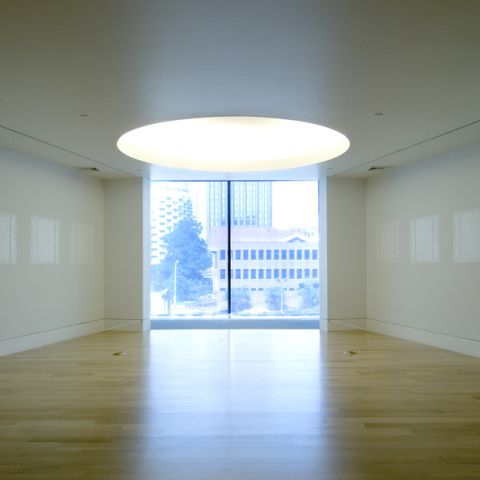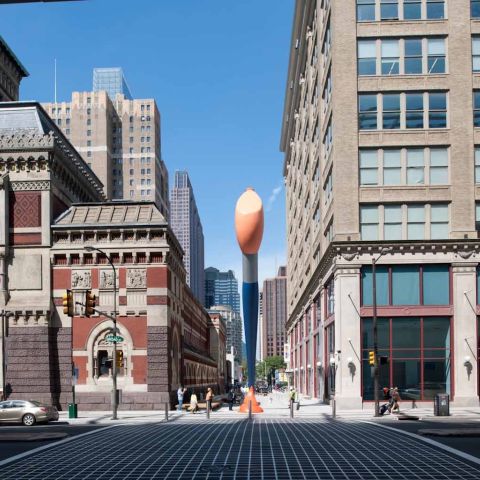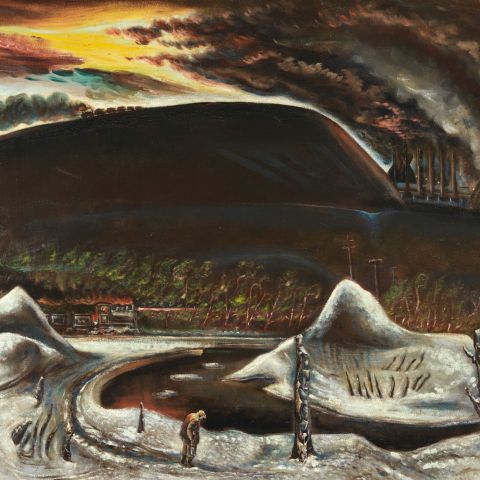Who Say It Be: The Work of Sarah Peoples and Adam Lovitz
In the exhibition Who Say It Be, Sarah Peoples and Adam Lovitz are engaged in a spirited investigation of history and culture, examining the counsel and constraints that art history has bestowed upon them, including, but not limited to, illusion, perception, and symbolism.
Peoples (Cert. '00, MFA '12) and Lovitz (MFA '12) won the MFA Faculty Exhibition Award during their first year at PAFA in 2011. The prize is awarded based on a student's vision and promise, as evaluated by PAFA's appointed faculty, and grants recipients a dedicated show in PAFA's museum the year following their completion of the MFA program.
It is the intent of both artists to transcend the original form and inherent meaning of the materials with which they work. Although varied in their formal disciplines, Lovitz rooted in painting and Peoples in sculpture, Who Say It Be: The Work of Sarah Peoples and Adam Lovitz shows how both makers share a playful camaraderie with found materials.
Lovitz concocts a metaphysical terrain by exhibiting paintings in conversation with repurposed imagery and materials that both embrace and flee the city in which he lives. His work plays with the tension between the familiar, the strange, and the immeasurable as to spark resonating affinities with his daily surroundings. The subtlety of the human mind and ingredients of contemporary life formulate relationships from which Lovitz may draw wonder.
Peoples flattens, expands, over-simplifies, compounds, and plays with the boundaries of the American spirit. She integrates found objects and her preoccupation with symbolism as a derivative of the emotionally and physically manufactured environment. For this exhibition, Peoples re-appropriates images of the Hudson River School from PAFA’s permanent collection. These paintings have historically represented a unique vision of America. Through this, Peoples hopes to confront the paradoxical ideal of one conscious mind existing within a sentient group. She wrestles with interpretation and perspective within the context of Art, turns to nature for direction, and illustrates her findings through synthetic means.


